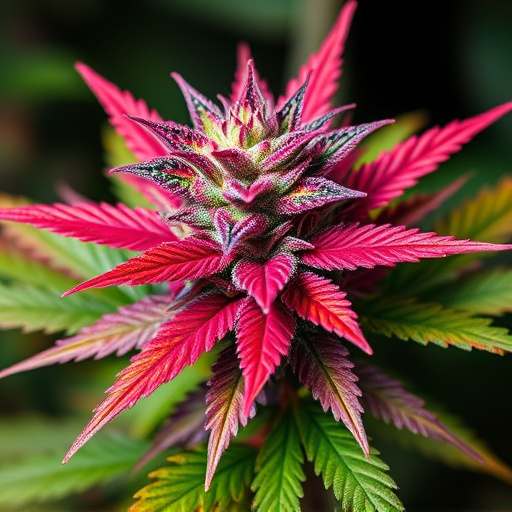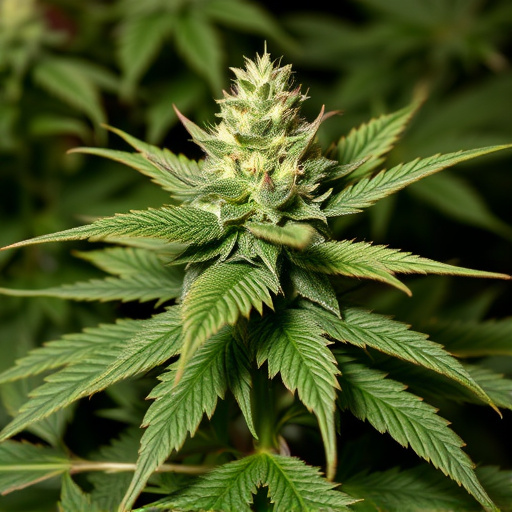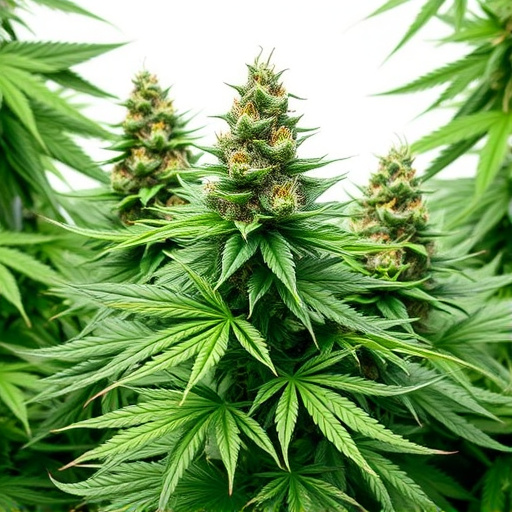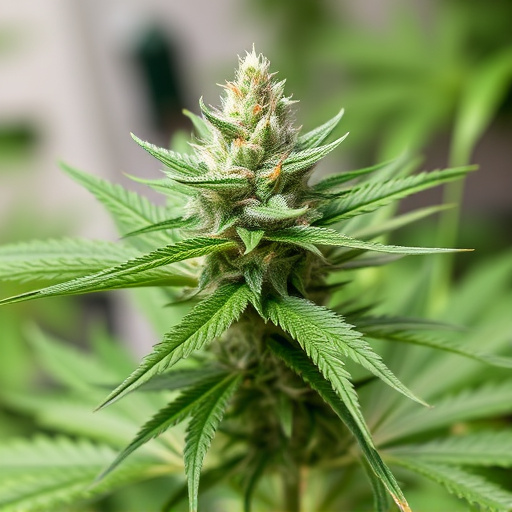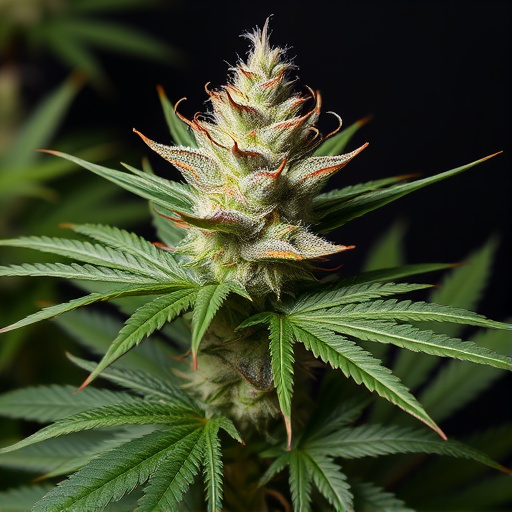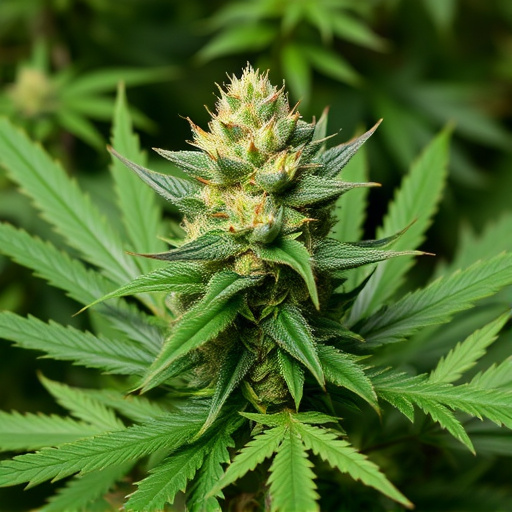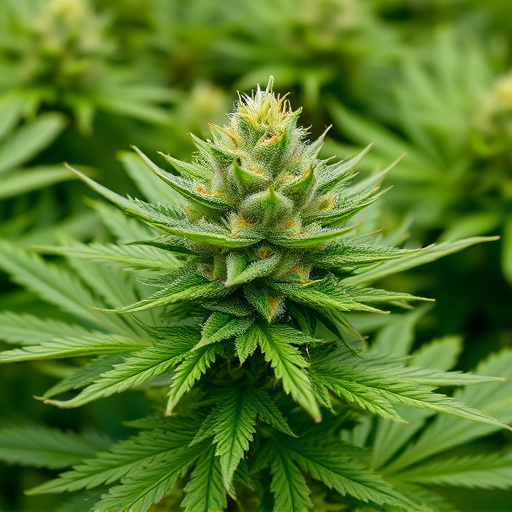Cannabis compounds THC and CBD interact with the body's endocannabinoid system (ECS) to manage pain, offering an alternative to traditional treatments. While THC is known for its psychoactive effects, causing the 'high' associated with classic cannabis strains, CBD has gained attention for its potential therapeutic benefits in pain management, particularly for chronic conditions like arthritis and neuropathies. Both compounds hold promise in providing relief without the side effects of opioids, making them valuable natural alternatives in today's medical landscape.
Discover the science behind how THC and CBD, key compounds in classic cannabis strains, offer natural pain management options. This article unravels their mechanisms of action, shedding light on their potential benefits for alleviating both acute and chronic pain. We explore how THC interacts with our endocannabinoid system to modulate pain perception, while delving into the anti-inflammatory and neuroprotective properties of CBD that contribute to its effectiveness in chronic pain relief.
- Understanding THC and CBD: The Key Players in Pain Management
- How THC Affects the Body's Pain Response
- Exploring CBD's Role in Chronic Pain Relief and Its Safety Profile
Understanding THC and CBD: The Key Players in Pain Management

Cannabis has been used for centuries as a natural remedy, and modern research is finally catching up to understand its active compounds better. Two of the most well-known chemicals in cannabis are THC (tetrahydrocannabinol) and CBD (cannabidiol). While THC is famous for its psychoactive effects, responsible for the ‘high’ feeling associated with classic cannabis strains, CBD has gained attention for its potential therapeutic benefits, including pain management.
In the context of pain relief, both compounds interact with our body’s endocannabinoid system (ECS), which plays a significant role in regulating pain perception and inflammation. THC binds to specific receptors in the ECS, influencing neurotransmitters that carry pain signals to the brain, thereby reducing perceived pain. On the other hand, CBD doesn’t bind directly to these receptors but instead influences them indirectly, potentially blocking certain pain pathways and reducing inflammation. This unique interaction makes cannabis a promising alternative or adjunctive treatment for various types of pain.
How THC Affects the Body's Pain Response
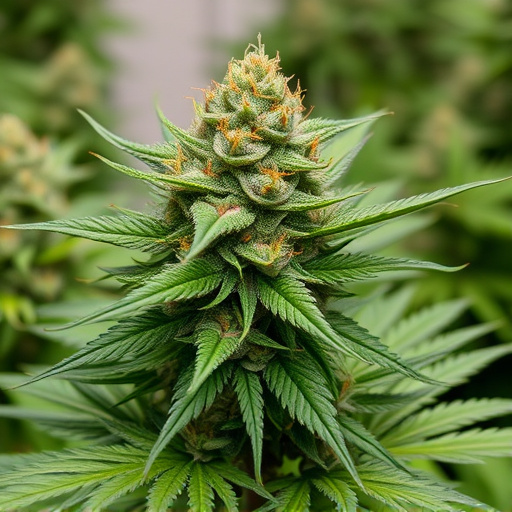
Tetrahydrocannabinol (THC), one of the most well-known compounds in cannabis, interacts with the body’s endocannabinoid system (ECS) to modulate pain perception. When THC binds to specific receptors in the ECS, it can reduce the transmission of pain signals from the nervous system to the brain. This effect is particularly prominent in classic cannabis strains known for their high THC content. The binding action stimulates the release of neurotransmitters that block the sensation of pain, providing relief for individuals suffering from chronic or acute pain conditions.
Research suggests that THC’s impact on the ECS could be a viable option for managing various types of pain. It has shown promise in alleviating neuropathic pain, arthritis, and even cancer-related pain. The analgesic properties of THC are not limited to its direct interaction with pain receptors; it also influences mood and inflammation, contributing to an overall reduction in pain-related discomfort.
Exploring CBD's Role in Chronic Pain Relief and Its Safety Profile
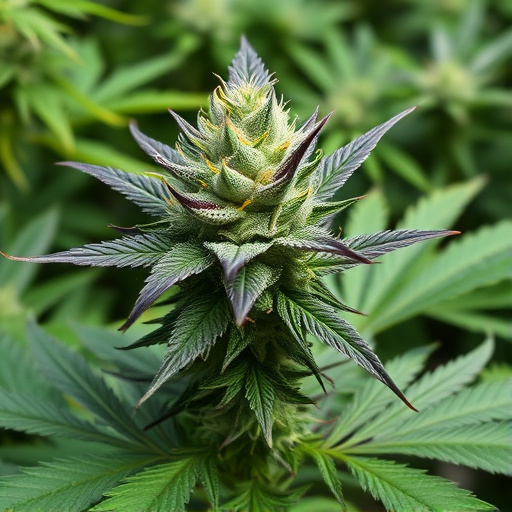
Cannabidiol (CBD) has gained significant attention for its potential in chronic pain management, offering a natural alternative to traditional medications. Unlike its counterpart tetrahydrocannabinol (THC), CBD does not produce psychoactive effects, making it an appealing option for those seeking relief without altering consciousness. Research suggests that CBD interacts with the body’s endocannabinoid system, which plays a crucial role in regulating pain perception and inflammation. By binding to specific receptors, CBD may help reduce chronic pain associated with conditions like arthritis, fibromyalgia, and neuropathies, often experienced by users of classic cannabis strains.
The safety profile of CBD is another compelling aspect. Studies indicate that it is well-tolerated, even at high doses, with minimal side effects reported, primarily light-headedness or drowsiness. This contrasts with THC, which can cause anxiety, paranoia, and cognitive impairments in some users. Moreover, CBD’s non-addictive nature sets it apart from opioids and other painkillers, offering a safer long-term solution for chronic pain management. As research continues to unravel the full potential of both THC and CBD, their roles in providing relief without compromising quality of life are becoming increasingly recognized.
THC and CBD, two prominent compounds found in classic cannabis strains, offer promising avenues for pain management. THC interacts with the endocannabinoid system to modulate pain perception, while CBD provides anti-inflammatory effects without the psychoactive properties. Through understanding their mechanisms of action, we can harness the potential of these natural substances to alleviate chronic pain safely and effectively. Further research is essential to unlock the full therapeutic potential of cannabis-derived compounds.

